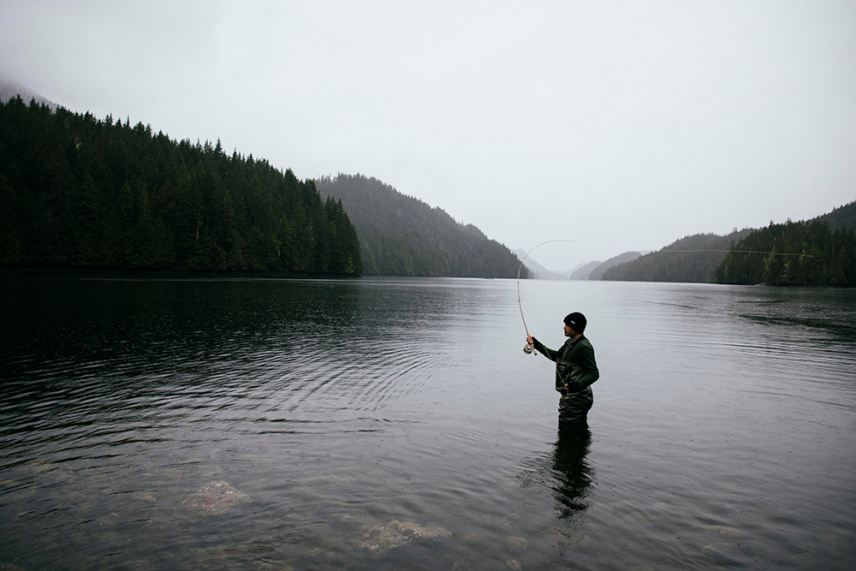The Beginning of A Fishing Lodge
In 1980, when founder Craig Murray approached the roaring and cascading waterfall flowing into Nimmo Bay, he knew he’d come across something special. Though there were remote lodges to the south offering fishing, this area hadn’t developed into a hotspot yet. This would be the perfect spot to lay down roots and build a wilderness fishing lodge, a place to live and work together with his growing family.
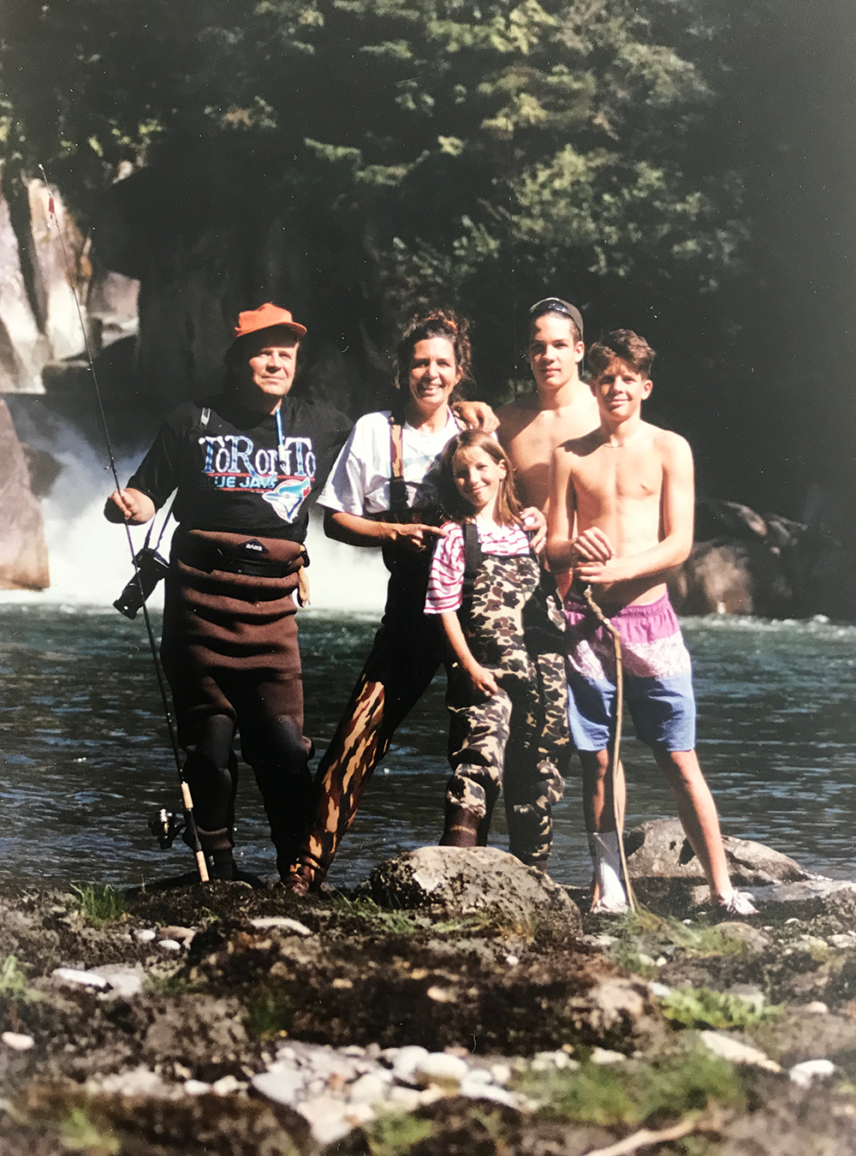
As he thinks back to their first group of six guests, he agrees it was a basic, no-frills resort. “The boats and motors were new, the food was great, everyone caught salmon, and they all slept like logs each night,” says Craig. “And the wonder of it all was that they booked another trip for the next year!”.
The Magic of Hovering
During those first few years, they fished the ocean waters, swam, and explored the little piece of the rainforest they inhabited. They’d settled into a routine, but Craig was eagerly looking for the next adventure that would blow people’s expectations out of the water. Craig found it one day, when he went up in the air with friend and helicopter pilot Peter Barratt, who flew him up to a remote river where they encountered gorgeous steelhead trout. The light clicked on in that moment, we could use helicopters to fly guests into isolated freshwater fishing spots.
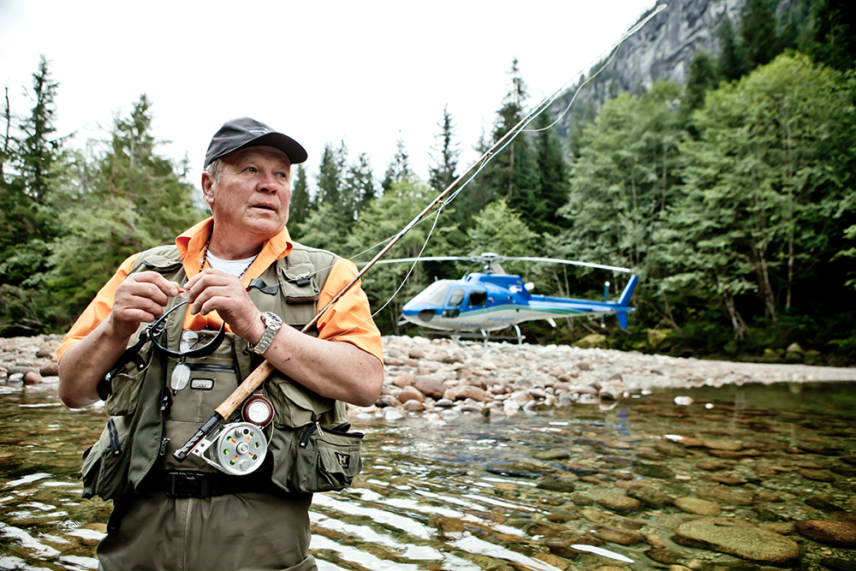
The First of Its Kind
The opportunity to fish remote waters via helicopter was revolutionary. Nimmo Bay was the first to offer this kind of adventure in North America and it catapulted the resort onto the map. The ability to access 50,000 square miles of terrain, including over 50 isolated rivers and streams drew anglers from around the world to the remote lodge. It became an instant bucket list destination. These are rivers where very few settlers had ever fished, let alone seen. The first heli-fishing guests were beside themselves, as the abundance of fish in the rivers were indeed beyond expectation. Realizing this, Craig immediately implemented their own catch-and-release program to ensure that the angling experience would remain for future guests and generations.
The Theory of Hospitality
Heli-fishing is one of the first examples of Craig unknowingly practicing the Theory of Hospitality that he and his children would develop in 1999. On a flight to Newfoundland that December, he pulled out Time Magazine’s Person of the Century issue from the back of the airplane seat. Albert Einstein was on the cover along with his famous Theory of Relativity, E=mc2. This served as the inspiration for the soon to be coined Theory of Hospitality. During this one flight, they had it dialed in. E2=mc – Expectations exceeded equals memories created. This is the ultimate goal for anyone in the hospitality industry and has been the guiding light of Nimmo Bay through its continued evolutions.
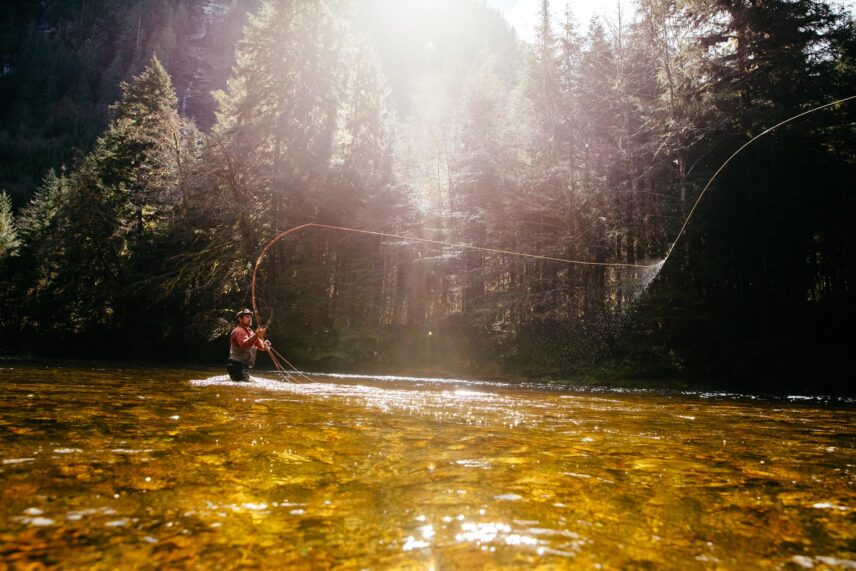
The Evolution of Fishing
Nimmo Bay has now been operating for more than 40 years. A lot has gone on in four decades. Craig and Deborah are now enjoying retirement, while their son Fraser and his wife Becky, have taken over operations of the resort. While times have changed, Nimmo’s connection and respect for nature is still a core value in all we do.
As Nimmo has grown and evolved, we continue the deep desire to protect the ecosystem that Nimmo Bay exists in. Their end goal is to make sure anything taken for the lodge—energy, fuel, food—is offset in a way that keeps nature in balance.
This is the same value carried on from Craig since the beginning, and we’ve shifted away from being a fishing lodge to something more. The adventures we’ve dreamed up have expanded greatly. We offer thrilling coastal safari’s, speeding through the ocean inlets, a full wellness menu with floating saunas and hot tubs, and world-class food and wine tasting experiences.

We’ve personally seen the declines of fish populations throughout the Broughton Archipelago over the years. Logging, fish-farming, over-fishing, and climate change are impacting the health of these species and the waterways.
These fish are a keystone species and the biological foundation of the river ecosystems in the Great Bear Rainforest. Salmon alone pump the river waters full of essential marine nutrients that other animals rely on. The nutrients salmon bring in can even help with tree growth along the shores. Without healthy fish stocks, there is bound to be a domino effect of consequences.
So, at Nimmo Bay we’re constantly asking ourselves the question, “how can we give back?”.
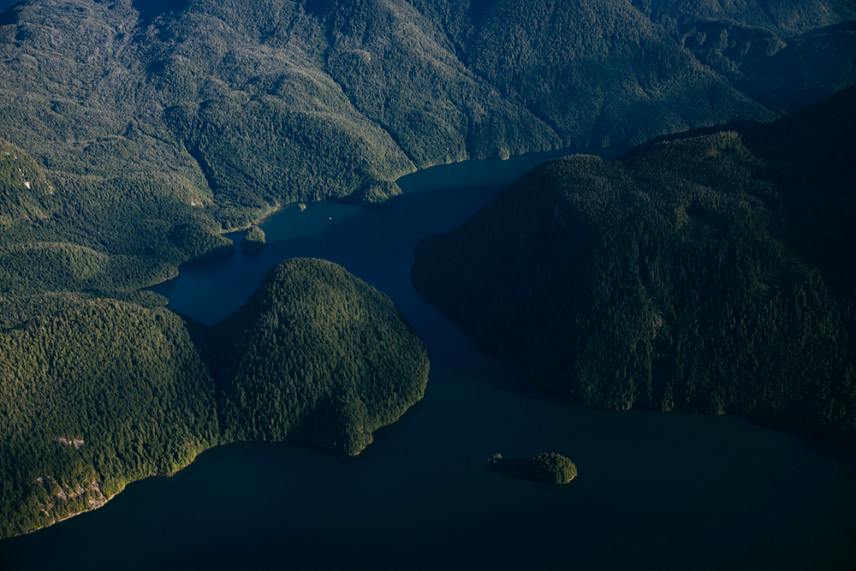
Salmon Conservation
Wild Pacific Salmon are the backbone of our ecosystems, coastal cultures, and much of our economy here in British Columbia. With Nimmo Bay located right in the Great Bear Rainforest, we are concerned about how fishing and aquaculture practices are pushing some ocean ecosystems to the brink of collapse.
Citizen Science Initiatives
One of the key indicators for species survival in a changing environment is their genetic diversity. It’s important to have data on what populations are carrying genes that might make them less likely to catch new diseases or adapt to warming waters. Catch-Clip-Release is an incredible citizen science project launched by the Salmon Coast Field Station, aimed at improving the amount of data on salmon in the Great Bear Rainforest.
Prior to 2015, there was very little information on the salmon populations in the waters surrounding Nimmo Bay. We were thrilled to offer our volunteer efforts to the program! When our fly-fishing guides would go out heli-fishing with guests, they collected a single fin clip from their catch, packaged it up for genetic analysis, and released the salmon safely back to the river.
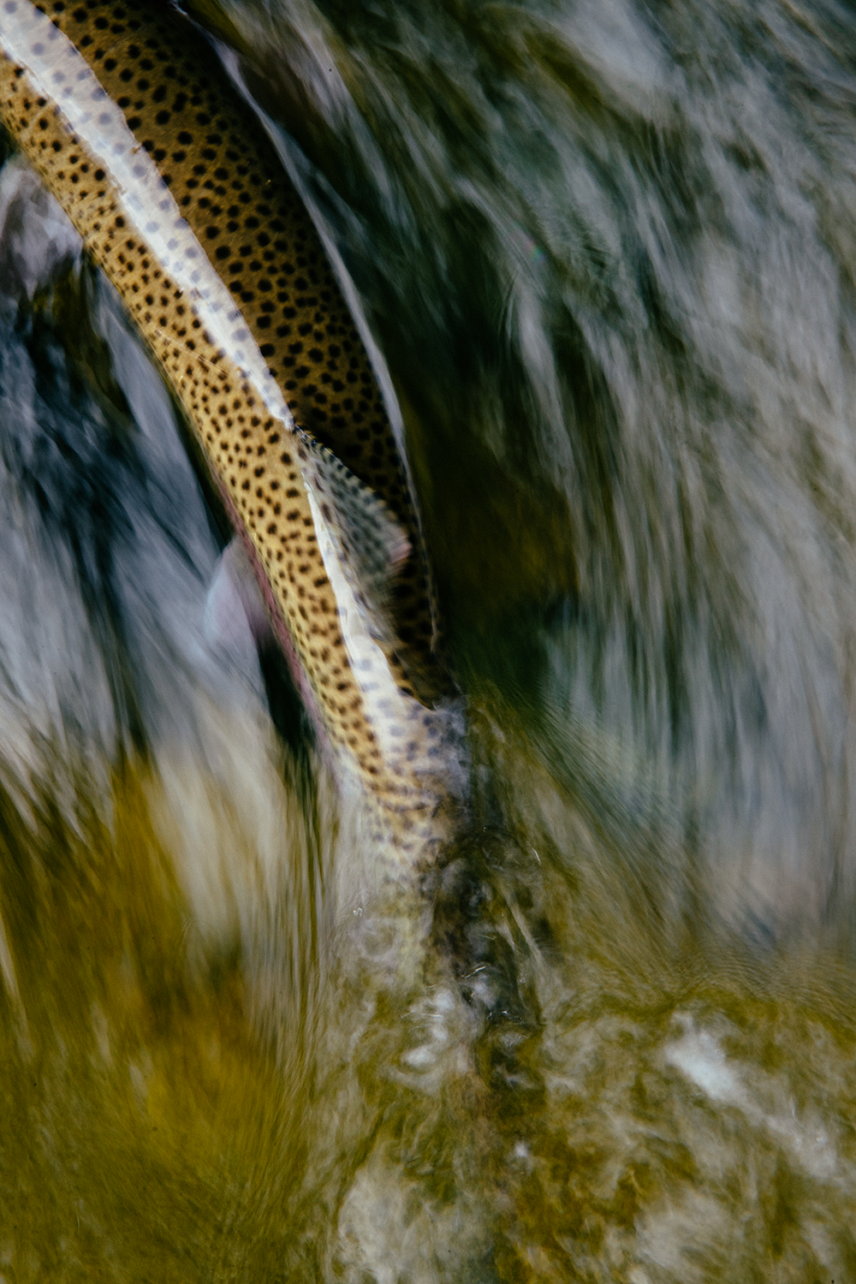
When the project finished in 2019, Nimmo Bay had helped collect a portion of over 3,000 DNA samples. These samples allowed Salmon Coast to build a library of diversity for each species within the rivers. They developed a baseline for salmon genetics on the coast. This influx of information will help guide future research and conservation efforts.
Respect and Care for our Catch
While Nimmo Bay is no longer exclusively a fishing lodge, we do still offer heli-fishing excursions. Many of our long-time guests still enjoy the heli fly-fishing that they’ve been participating in since the very beginning. However, we do take conservation in mind when we fly up to these fresh-water river systems.
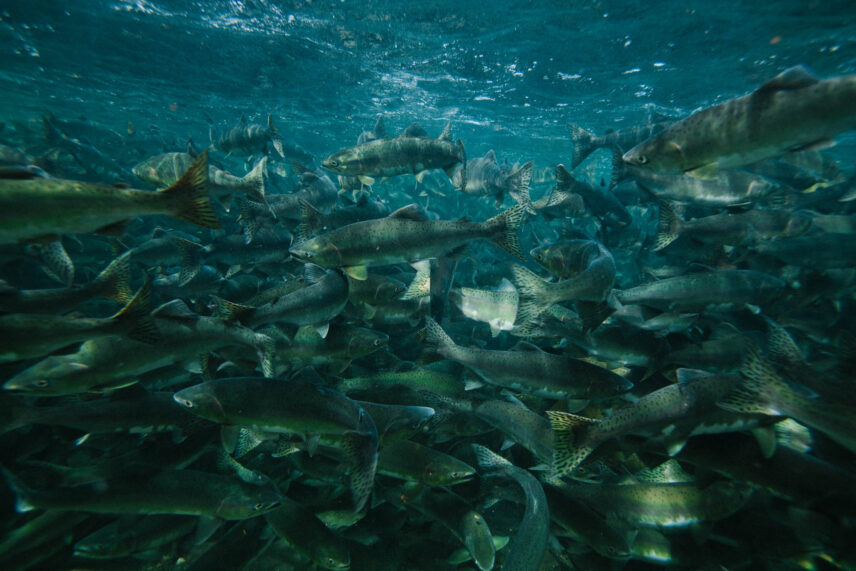
- When you book a heli fly-fishing excursion at Nimmo, we make it an entire experience. It’s not simply about the number of fish that you catch on the trip, it’s more than that. It’s about touching down in the remote mountains of the Great Bear Rainforest and finding the most awe-inspiring location to cast your fly. Wading into the waters where few people have been, is a moment to truly appreciate.
- We encourage our guests to target trout instead of salmon as the populations are much healthier and abundant. Trout are also far less seasonal which allows us to spread out our impact over the course of 6 months instead of targeting a spawning species.
- We always fish using barbless hooks. This helps to prevent injury and reduce stress on the fish. It’s easier to remove the fish from the fly and reduces the time that the fish is in the net or exposed to air and can swim off again into the fresh river water.
- It’s important to practice proper fish handling. Be gentle with them. Keeping hands wet when handling the fish is important, and reducing its exposure to the air is critical. We remove the hooks with the fish in the water whenever possible.
- Our guides are always equipped with any and all tools they will need when fly-fishing. Their kits include nets and pliers, etc. for easy hook removal.
Ultimately, it’s essential to treat each fish that is caught with respect and care, while still offering a superior and exceptional experience in the wild of the Great Bear Rainforest for our guests.
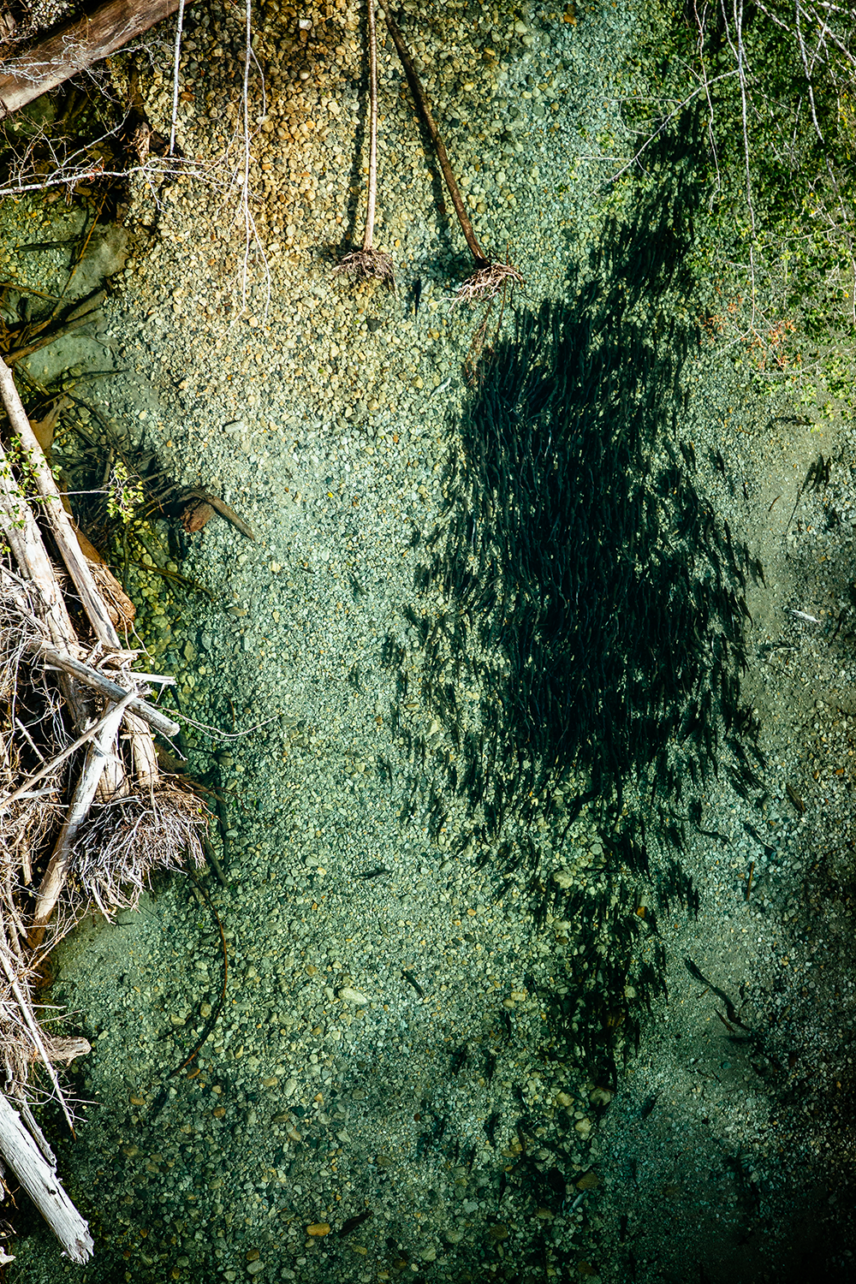
Words by: Alexandra Janes
Photos: Jeremy Koreski
